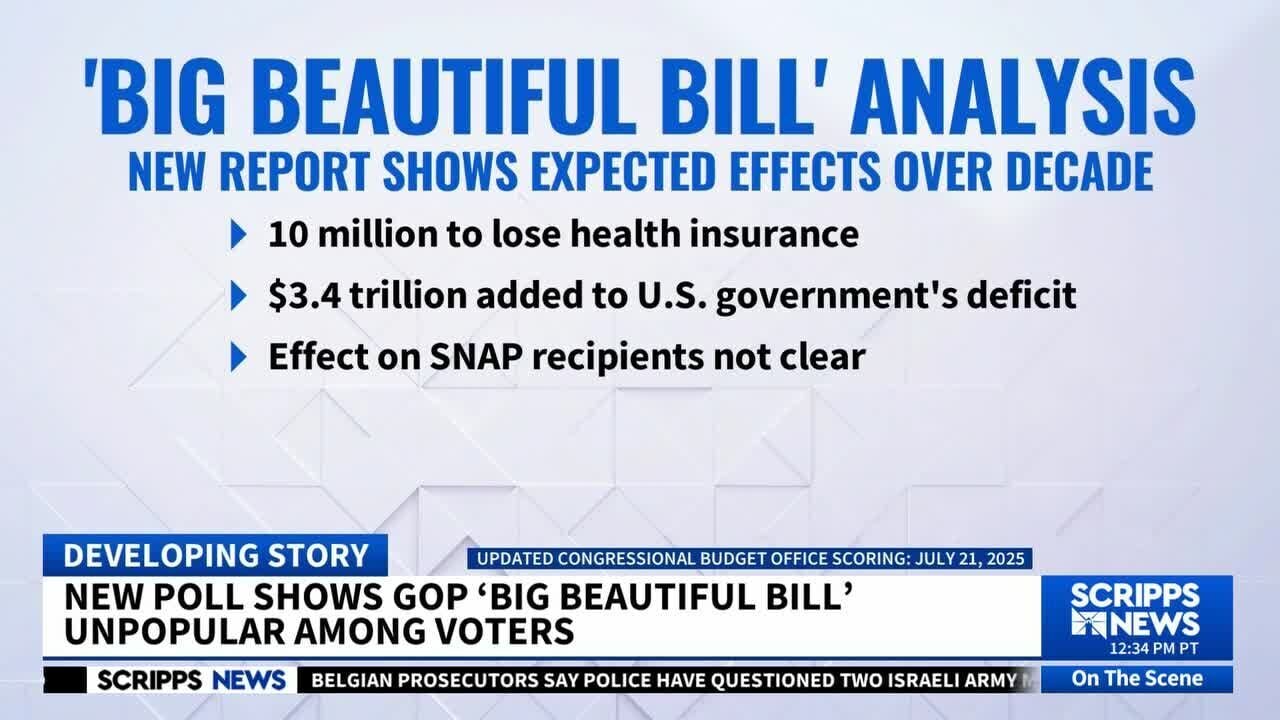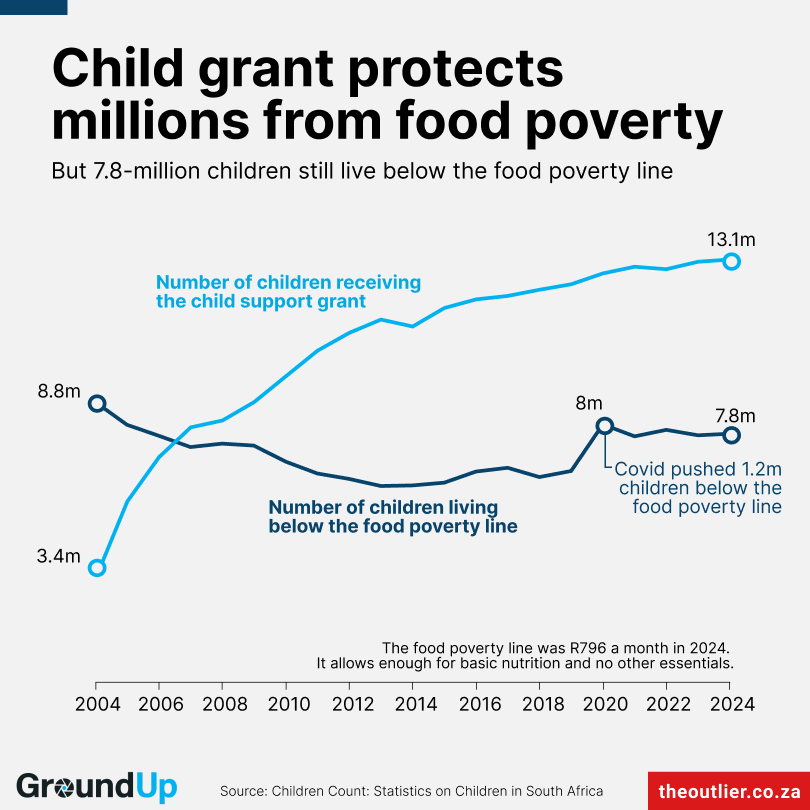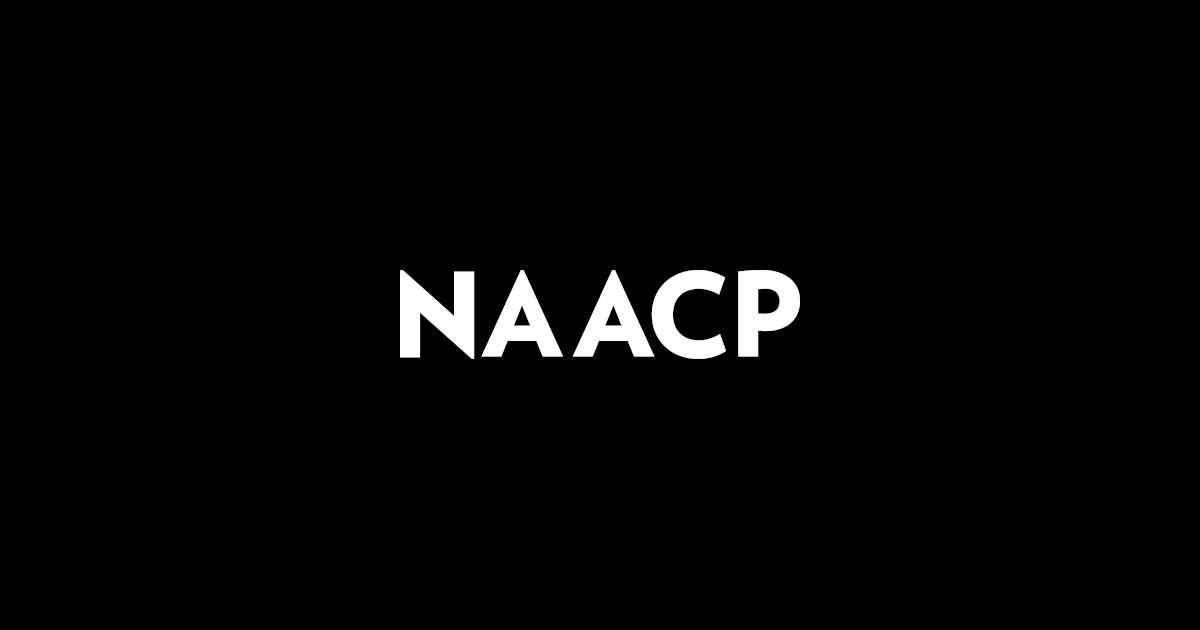Changes to SNAP could strain food banks on the Palouse – Northwest Public Broadcasting

Report on Legislative Changes to SNAP and Implications for Sustainable Development Goals
Introduction to Policy Amendments
Recent legislation, titled the “One Big Beautiful Bill,” has introduced significant changes to the Supplemental Nutrition Assistance Program (SNAP). The new law amends the work requirements for program eligibility.
- The primary change expands the work requirement for Able-Bodied Adults Without Dependents (ABAWDs).
- The age cap for individuals required to work 80 hours per month to receive benefits has been raised from 54 to 64.
- The stated purpose of this amendment is to preserve SNAP benefits for the “truly needy” and address an allegedly high fraud rate among ABAWDs with no earned income.
Impact on SDG 2: Zero Hunger
The policy changes pose a direct challenge to the achievement of Sustainable Development Goal 2 (Zero Hunger), which aims to end hunger and ensure access to safe, nutritious, and sufficient food for all people. Experts from the Urban Institute have characterized the amendments as the most significant cuts in the program’s history.
Anticipated consequences that contravene SDG 2 include:
- Increased Food Insecurity: By restricting access to SNAP, the policy is expected to increase food insecurity among vulnerable populations who may not be able to meet the new work requirements.
- Heightened Pressure on Emergency Food Systems: A direct shift in reliance from federal assistance to charitable food providers is expected. Food banks, such as the Community Action Center in Pullman, Washington, which currently serves 500 families, anticipate a significant increase in demand.
- Systemic Strain: The increased demand on food banks coincides with reports of reduced federal funding for these same organizations, creating a “double whammy” that severely compromises the community-level infrastructure for fighting hunger.
Broader Implications for Sustainable Development
The legislative changes impact several interconnected SDGs beyond Zero Hunger.
- SDG 1 (No Poverty): The removal of a critical social safety net for low-income individuals risks pushing more people into poverty or deepening existing poverty by eliminating a key resource for basic needs.
- SDG 3 (Good Health and Well-being): A direct correlation exists between food insecurity and poor health outcomes. Reduced access to nutrition can lead to increased rates of chronic disease and other health issues, undermining public health objectives.
- SDG 8 (Decent Work and Economic Growth): While the policy is framed around promoting work, its stringent requirements may penalize individuals in areas with limited job opportunities or those unable to secure 80 hours of monthly employment, thereby hindering rather than promoting sustainable economic well-being.
- SDG 10 (Reduced Inequalities): The policy targets a specific demographic, potentially exacerbating inequalities by disproportionately affecting low-income, able-bodied adults who may face barriers to stable employment.
Challenges to SDG 17: Partnerships for the Goals
The new policy landscape creates significant challenges for SDG 17 (Partnerships for the Goals). The effectiveness of partnerships between government and civil society organizations in combating hunger is undermined.
- While food banks and community centers demonstrate a commitment to “stepping up in a crisis,” the federal policy simultaneously increases their burden while reducing their resources.
- This dynamic weakens the collaborative framework necessary to achieve comprehensive goals like ending hunger and poverty.
Regional Impact Assessment
The consequences of the policy are expected to be substantial at the regional level. Projections from the Urban Institute estimate that in Washington state alone, over 500,000 families could be adversely impacted by the changes to SNAP eligibility. This highlights the significant local-level challenge to meeting global development targets.
Which SDGs are addressed or connected to the issues highlighted in the article?
-
SDG 1: No Poverty
The article discusses changes to the Supplemental Nutrition Assistance Program (SNAP), a social protection system aimed at alleviating poverty by providing food assistance. The new work requirements directly affect the eligibility of low-income individuals, which is central to the goal of ending poverty.
-
SDG 2: Zero Hunger
The core subject of the article is a nutrition assistance program. The potential consequences of the policy change, such as increased reliance on food banks and reduced access to food for vulnerable populations, directly relate to the goal of ending hunger and ensuring food security.
-
SDG 8: Decent Work and Economic Growth
The new law introduces a specific work requirement (80 hours a month) for a segment of the population to receive benefits. This links the social safety net directly to employment, touching upon the goal of achieving full and productive employment.
-
SDG 10: Reduced Inequalities
The policy change targets a specific demographic (“Able-bodied adults without dependents up to the age of 64”), potentially increasing hardship for this group and widening the gap between them and those who remain eligible for benefits. This relates to the goal of adopting social protection policies to achieve greater equality.
What specific targets under those SDGs can be identified based on the article’s content?
-
Target 1.3: Implement nationally appropriate social protection systems and measures for all, including floors, and by 2030 achieve substantial coverage of the poor and the vulnerable.
The article is centered on a change to SNAP, which is a key social protection system in the U.S. The discussion about new eligibility rules and the estimate that “over 500,000 families in Washington state could be impacted” directly concerns the coverage and adequacy of this system for the vulnerable.
-
Target 2.1: By 2030, end hunger and ensure access by all people, in particular the poor and people in vulnerable situations… to safe, nutritious and sufficient food all year round.
The article highlights that the changes to SNAP could force people to “rely on already overwhelmed food banks.” This points to a potential disruption in access to sufficient food for those who lose their benefits, directly engaging with the objective of Target 2.1.
-
Target 8.5: By 2030, achieve full and productive employment and decent work for all women and men…
The new requirement for “able-bodied adults without dependents up to the age of 64” to “work 80 hours a month to receive benefits” explicitly connects the social benefit to employment status, making this target relevant to the policy’s intent and mechanism.
-
Target 10.4: Adopt policies, especially fiscal, wage and social protection policies, and progressively achieve greater equality.
The article describes a significant change in a social protection policy. The statement that these are “the biggest cuts to SNAP that the program has ever seen” and that they will disproportionately affect a specific group illustrates a policy shift that could impact equality, making this target applicable.
Are there any indicators mentioned or implied in the article that can be used to measure progress towards the identified targets?
-
Number of people/families affected by changes in social protection coverage.
The article explicitly states that the Urban Institute “estimates that over 500,000 families in Washington state could be impacted.” This figure serves as a direct indicator of the change in coverage for social protection systems (Target 1.3).
-
Demand for services from emergency food providers (food banks).
The article implies this indicator by quoting an expert who expects to see “bigger lines at food banks” and “increased pressures on food banks.” The mention that the Community Action Center “currently serves around 500 families” provides a baseline from which to measure the increase in demand, indicating a potential rise in food insecurity (Target 2.1).
-
Work requirements for social benefits.
The specific requirement to “work 80 hours a month” is a quantifiable indicator related to employment policies tied to social assistance (Target 8.5). The change in the age cap from 54 to 64 is another measurable policy parameter.
-
Proportion of a specific demographic with no earned income.
The White House statement that “almost three-quarters of able-bodied adults without dependents on SNAP have no earned income” is an indicator of the employment status of a particular group within the social protection system, relevant to both poverty and employment goals (Targets 1.3 and 8.5).
Table of SDGs, Targets, and Indicators
| SDGs | Targets | Indicators |
|---|---|---|
| SDG 1: No Poverty | 1.3: Implement nationally appropriate social protection systems and measures for all… and achieve substantial coverage of the poor and the vulnerable. | The number of families impacted by SNAP changes (estimated at over 500,000 in Washington state). |
| SDG 2: Zero Hunger | 2.1: By 2030, end hunger and ensure access by all people… to safe, nutritious and sufficient food all year round. | Increased demand on food banks (e.g., “bigger lines”); number of families served by food banks (currently 500 at one center). |
| SDG 8: Decent Work and Economic Growth | 8.5: By 2030, achieve full and productive employment and decent work for all… | The specific work requirement of 80 hours per month; the proportion of SNAP recipients with no earned income (“almost three-quarters of able-bodied adults without dependents”). |
| SDG 10: Reduced Inequalities | 10.4: Adopt policies, especially fiscal, wage and social protection policies, and progressively achieve greater equality. | The change in the age cap for work requirements from 54 to 64, altering the parameters of a social protection policy for a specific group. |
Source: nwpb.org

What is Your Reaction?
 Like
0
Like
0
 Dislike
0
Dislike
0
 Love
0
Love
0
 Funny
0
Funny
0
 Angry
0
Angry
0
 Sad
0
Sad
0
 Wow
0
Wow
0








































































